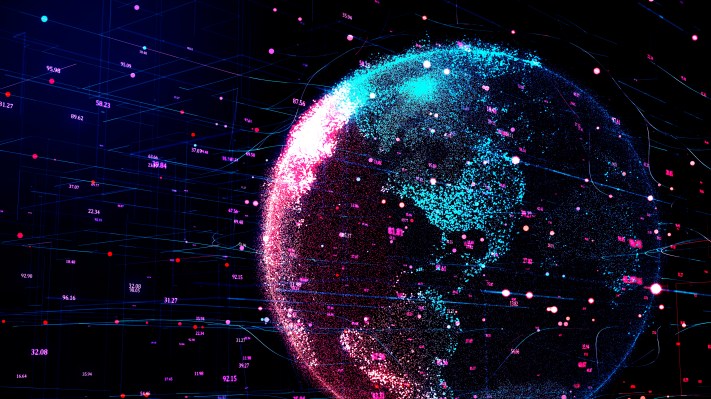Weather forecasting is a notoriously challenging field, but it’s an endeavor that is becoming ever more vital to the daily functioning of our planet. Climate change is intensifying the scale and devastation of natural disasters, from wildfires and typhoons to floods and cyclones. Knowing precisely when and where a disaster strikes (or, even, just getting a few hours advanced notice) can drastically change the outcome for the populations affected.
In this field, Microsoft sees both an opportunity to do good as well as a lucrative niche to secure for its cloud computing service Azure. Through its AI for Earth program, which we last covered during its launch in 2017, the company has compiled a series of offerings into what it dubs a “planetary computer.” Those offerings include APIs for identifying objects as well as species of plants and animals. AI for Earth offers grants for scientists and others to use Azure in their own research and modeling. The program joins other Microsoft cloud initiatives such as AI for Health and AI for Accessibility.
I’ve been focusing on all aspects of the disaster response stack the past few months, so I was curious how the so-called planetary computer was performing and where the barriers are to better modeling of natural disasters. Bruno Sánchez-Andrade Nuño, program director of the project, told me that the ambitions of the project remain as strong as ever.
“The goal is to have a planetary computer to help everyone manage earth’s ecosystems, since that is the only way to be efficient when disaster happens,” he said. While the program is focused on “reduction, response and recovery,” it is the response stage which gets most interesting since decisions have to be made as quickly as possible.
Sánchez-Andrade Nuño noted that AI has advanced tremendously fast over the past couple of years, particularly in domains relevant to the environment. “AI doesn’t need as much data as a lot of people think,” he said. “There has been a lot of progress with retraining algorithms … [and] we do a lot of work to onboard people to understand AI and how you can build an extremely efficient deep learning [model].”
One big challenge for applying AI to earth systems is simply the number of disciplines required to congregate in order for modeling to be successful. However, many disciplines remain aloof from each other, and no gap is wider than between scientists and AI researchers. Sánchez-Andrade Nuño sees an opportunity for the program to continually engage all sides into combatting some of the toughest challenges facing the planet.
There are “different dynamics because of different incentives — in the science community there is an incentive to create more knowledge, [but] for the modelers, [they want to] create good answers quickly,” he explained. “How can you make decisions quickly under uncertainty?”
One way of bridging that gap is through what he dubbed “upskilling,” or offering more AI training to scientists. “It’s all part of the same strategy … of helping people do environmental analytics faster and better,” he said. Nowhere is that harder than around geospatial analytics. “Computers are really good at one dimensional … they are not very good with things that are near each other.” He noted that he had originally trained in astrophysics, but upskilled himself in GIS (geographic information systems).
The effort involved in upskilling advanced AI skills has declined as libraries have expanded and common AI models are both well-behaved and also have prodigious educational materials available to understand them. “You used to need a PhD, and today, you need 10 lines of code,” he said.
That increasing power though is leading folks to believe that AI can solve every planetary problem. It cannot, or if you’re optimistic, cannot yet. “We are trying to reduce the hype of AI,” he said. “If you don’t know what AI is, you won’t trust what it is.” The program has been emphasizing explainability in a lot of its initiatives, so that scientists and AI researchers together can understand the outputs that come out of models.
That mission is increasingly aligned with relevant government agencies. Recently, the AI for Earth program signed a partnership with the U.S. Army Engineer Research and Development Center to improve the agency’s coastal monitoring system.
Ultimately, there is increasing maturity in a lot of modeling even if there is more work to be done. “Right now, I would argue, we are still in the mezzanine phase,” Sánchez-Andrade Nuño said. “A lot of processes need a lot of ad-hoc processing than we should.” The good news is that more and more people are stepping into the field and trying to connect the dots, and in the process, improve the world’s disaster response capabilities.
